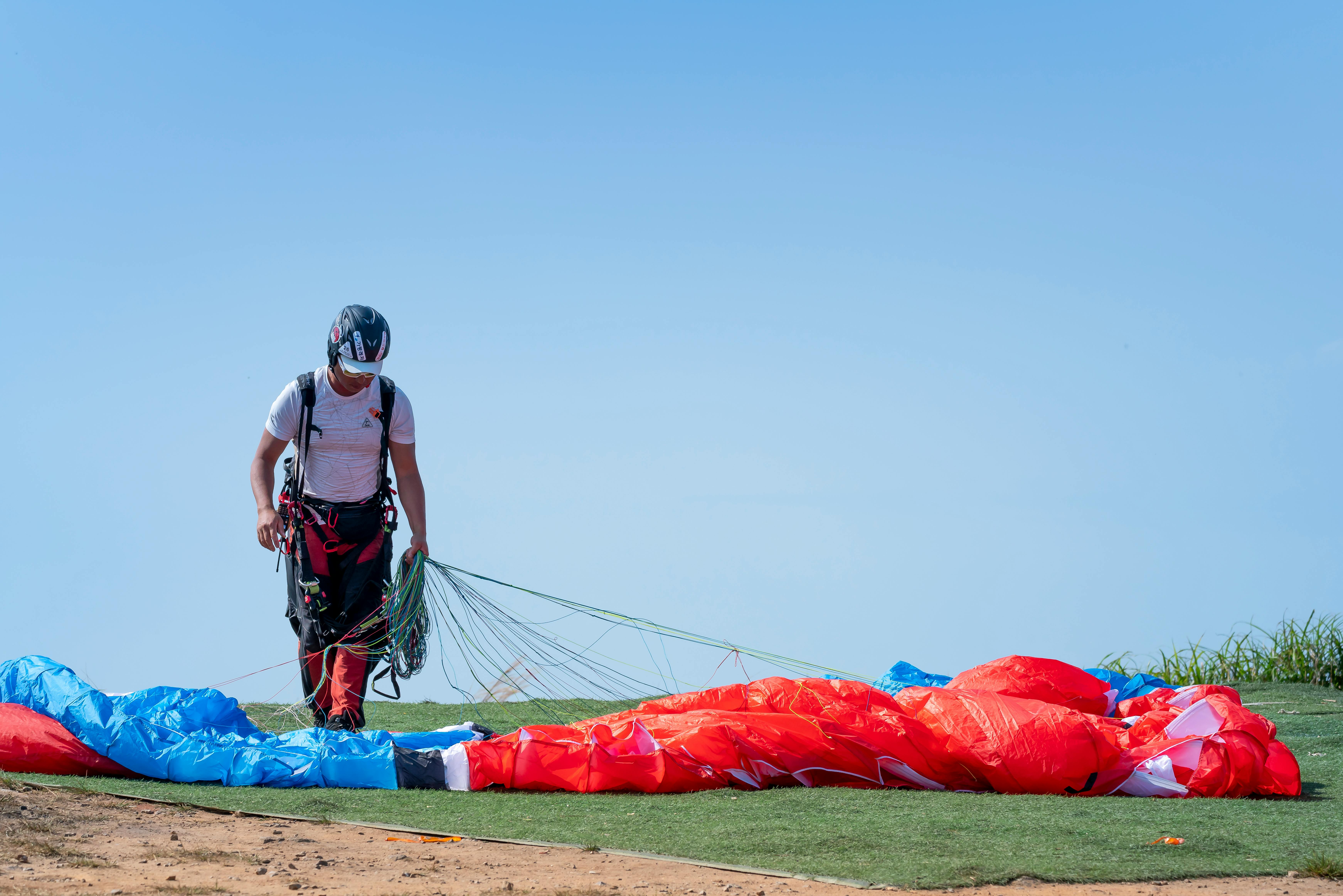Betting on Steamers and Drifters on Betfair has nothing to do with Irons or Driftwood

Or is it a question of where. This method of betting on horses works by being able to go back and put on the same horse. A betting exchange like Betfair is an ideal place to do this. For a horse whose odds are getting shorter (steam) the idea is to move back when the odds are longer and place the odds when they are shorter. The general rule of thumb for making money by moving odds is to bet on short odds and bet on longer odds. So if the horse is veering, you lie down when the odds are short and back down after they get long. This is a type of betting arbitrage and ensures a small profit whatever the outcome. The profit is determined by the difference between the odds (back and lay) and the size of the bet.
I know, I know, this all sounds so easy when we’re sitting in ivory towers, but what about the real world? There is skill in betting on steamers and tramps, which involves selecting in advance which horses will display these profitable characteristics.
If you’re not familiar with Betfair, it’s worth taking some time to get to know the website.
Here are 3 ways to find steamers and drifters. But first, a tip to help you on your quest to spot steamships or drifters. Get comfortable with Betfair and how the odds change before a race starts. Observe which horses have a money backing or putting imbalance. Significantly more money backing a horse may be an indication that something has happened to improve the horse’s chances. Consequently, other Betfair members may offer lower odds, which can turn the horse into a steamboat. The opposite is true for a horse whose probability of winning is reduced for some reason.
Ok, now three tips for finding steamers or drifters.
The weather. If it changes unexpectedly or more than anticipated, the chance of certain horses performing well or poorly can change dramatically. Let’s expand this. The weather affects the state of the race track, known as ‘the gear’. The condition of the track is tested by an official at the race track. They insert a stick into the track to see the state of the ground. There are a variety of classifications that are used; hard, firm, good to firm, good, good to soft, soft to heavy. Some horses do much better on certain surfaces than others. For example, if ‘the gait’ is good, it suits a horse that has speed. If the soil is not good (good to soft, soft to heavy), then a horse with stamina will perform better.
If the weather forecast announces that the march will be good, the favorite will be a horse with speed. If you have a more reliable weather forecast or have information about changing conditions as they occur, you can back off or put the horse in before the odds change.
Imagine that it rains unexpectedly or more than expected. If a horse is favored because it has speed, the odds on it will increase significantly (drift), and the odds on a horse that has stamina will drop (steam). In this example, you would bet on the favorite to lose at short odds. Then, back the horse to when after the odds have drifted. The same works in reverse for the stamina horse whose odds will increase. This is just one example of how a change in the weather can produce vapors and floaters.
The horseman. A Jockey change can produce a steamer or a drifter. If a rider is injured, the horse is assigned another rider. As you would expect, an experienced jockey will perform better than a jockey who has not had as many races or good performances. The odds will vary (longer) if a jockey is replaced by one with less experience. The odds will be increased (shortened) if a less experienced rider is replaced by one who has had better performances.
The third and final method of finding strays or steamers is to closely observe the horse before the race. During this time the horse will be warmed up by the trainer. It is possible that the horse expends too much energy during the warm-up. Signs of a horse’s tail that is expending too much energy before “shutting down” are a lot of sweating (actually a lot of sweating caused by anxiety), rearing up, and kicking its hind legs. This technique cannot be used in isolation. A good knowledge of the horse and the trainer is important. This makes it easier to detect abnormal behavior that the horse is displaying before the start.